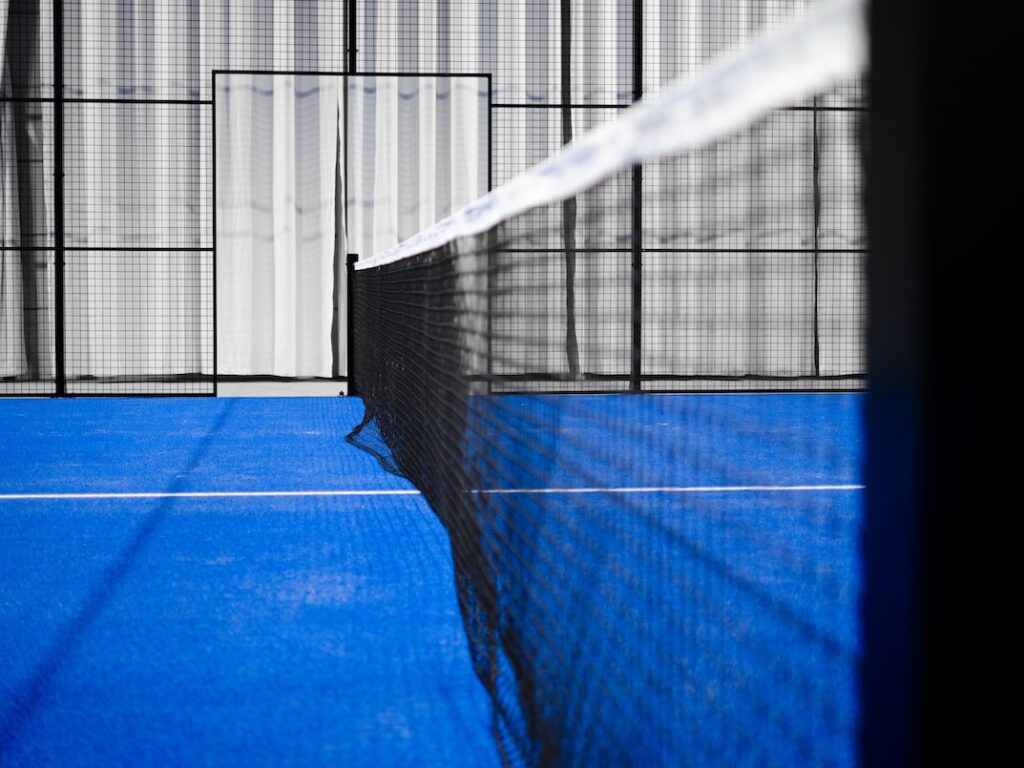Decoding the Padel Game: An In-depth Look at the Rules for Changing Sides
3 min read
Decoding the Padel Game: An In-depth Look at the Rules for Changing Sides
Introduction
Greetings, fellow padel enthusiasts! If you’ve ever found yourself pondering the ins and outs of this exciting racket sport, you’re in luck. Today, we’re going to delve deep into one particular aspect of the game: the rules for changing sides. Strap on your padel shoes and get ready for an enlightening journey!
Understanding the Basics
Before we tackle the intricacies of changing sides, let’s ensure we’re all on the same page about the fundamentals. Padel, often described as a blend of tennis and squash, is played on a small court enclosed by walls. The game is typically played in doubles, where two teams of two players compete against each other.
The Significance of Changing Sides
Now, you may wonder why changing sides is even a rule in padel. Well, my dear readers, it’s all about fairness and strategy. As in any sport, external factors like wind and sunlight can significantly impact the game. Therefore, changing sides allows both teams to experience these factors equally throughout a match.
By alternating court sides, players can test their skills under different conditions and adapt their strategies accordingly. This rule adds an exciting dynamic to the game, keeping players on their toes and forcing them to constantly adjust their gameplay.
When Does the Change Occur?
For those itching to know when exactly they’ll swap sides during a match, here’s the scoop. In padel, players change sides every six games. Yes, you heard it right! After every six games, the teams bid farewell to their current side and swap places, ready to face new challenges in the next phase of the match.
It’s important to note that changes in sides occur regardless of whether one team has won all six games or the score is tied. So, even if you’ve dominated your opponents, be prepared to unleash your skills from the other side of the court at the end of those six games!
Additional Considerations
While changing sides every six games is the general rule, there are a few things to keep in mind. Firstly, should a tiebreaker appear, sides will switch after each odd-numbered game. This ensures that both teams have an equal opportunity to benefit or suffer from any external factors throughout the decisive moments of the match.
Secondly, some variants of the game may have different rules for changing sides. It’s always best to check the specific regulations of a tournament or league you’re participating in to avoid any surprises!
Enjoy the Thrill of the Game
Now that we’ve unraveled the rules for changing sides in padel, it’s time to step onto the court with newfound knowledge and enthusiasm. Embrace the fairness and strategic element that this rule brings to the game, and remember to adapt your playstyle according to the changing conditions.
So, next time you find yourself contemplating “what are the padel rules for changing sides,” rest assured that you’ll be well equipped to answer this question and impress your fellow players with your padel expertise!
Now, go out there, have fun, and may the padel gods smile upon you as you conquer the court!






